Enhanced Safety and Risk Mitigation
Safety concerns are paramount in various industries, and the Aerial Inspection Service Market addresses these issues effectively. Aerial inspections minimize the need for personnel to work in hazardous environments, thereby reducing the risk of accidents and injuries. By utilizing drones and other aerial technologies, companies can conduct inspections from a safe distance, ensuring that workers are not exposed to dangerous conditions. This focus on safety is particularly relevant in sectors such as construction and energy, where the potential for accidents is high. Furthermore, the ability to identify issues before they escalate into significant problems enhances overall risk management strategies. As safety regulations become more stringent, the Aerial Inspection Service Market is likely to benefit from increased adoption of aerial inspection solutions that prioritize worker safety.
Growing Adoption of Smart Technologies
The integration of smart technologies into the Aerial Inspection Service Market is transforming how inspections are conducted. The incorporation of artificial intelligence, machine learning, and advanced imaging technologies allows for more accurate data collection and analysis. These innovations enable inspectors to identify potential issues with greater precision and speed, thereby enhancing the overall effectiveness of inspections. For example, AI algorithms can analyze aerial imagery to detect structural anomalies that may not be visible to the naked eye. As industries increasingly embrace digital transformation, the demand for aerial inspection services that leverage smart technologies is expected to rise. This trend not only improves inspection outcomes but also positions the Aerial Inspection Service Market at the forefront of technological advancement.
Regulatory Support and Standardization
Regulatory frameworks are evolving to support the growth of the Aerial Inspection Service Market. Governments are recognizing the importance of aerial inspections in maintaining infrastructure integrity and safety. As a result, there is a push for standardized regulations that facilitate the use of drones and other aerial technologies for inspection purposes. This regulatory support is crucial for fostering innovation and ensuring that aerial inspection services meet safety and quality standards. Moreover, as regulations become more defined, companies are likely to invest more in aerial inspection technologies, knowing that they are operating within a compliant framework. This trend is expected to drive the expansion of the Aerial Inspection Service Market, as businesses seek to align with regulatory requirements while enhancing their operational capabilities.
Cost-Effectiveness of Aerial Inspections
Cost considerations play a pivotal role in the expansion of the Aerial Inspection Service Market. Aerial inspections, particularly those utilizing drones, offer a more economical alternative to traditional inspection methods. The reduction in labor costs, coupled with the ability to cover large areas in a shorter time frame, makes aerial inspections an attractive option for many organizations. For instance, companies can save up to 30% on inspection costs by employing aerial technologies instead of manual inspections. This cost-effectiveness is particularly appealing to sectors such as energy and construction, where budget constraints are common. As organizations increasingly recognize the financial advantages of aerial inspections, the Aerial Inspection Service Market is likely to witness sustained growth, driven by a shift towards more efficient operational practices.
Increasing Demand for Infrastructure Inspection
The Aerial Inspection Service Market is experiencing a notable surge in demand for infrastructure inspection services. This trend is largely driven by the need for regular maintenance and monitoring of critical infrastructure such as bridges, power lines, and pipelines. As governments and private entities prioritize safety and efficiency, the adoption of aerial inspection technologies is becoming more prevalent. According to recent estimates, the market for aerial inspection services is projected to grow at a compound annual growth rate of approximately 15% over the next five years. This growth is indicative of a broader recognition of the benefits that aerial inspections offer, including reduced downtime and enhanced safety measures. Consequently, the Aerial Inspection Service Market is poised to expand significantly as stakeholders seek innovative solutions to meet their inspection needs.





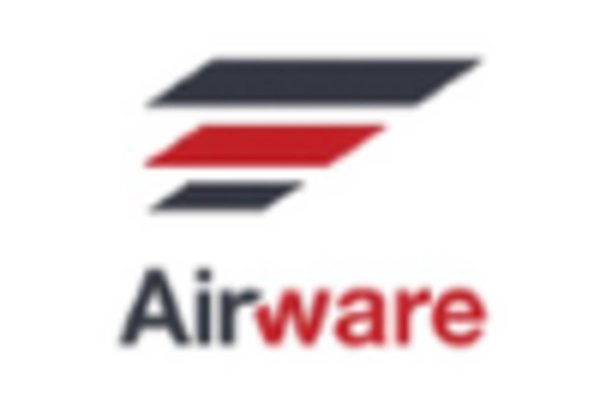
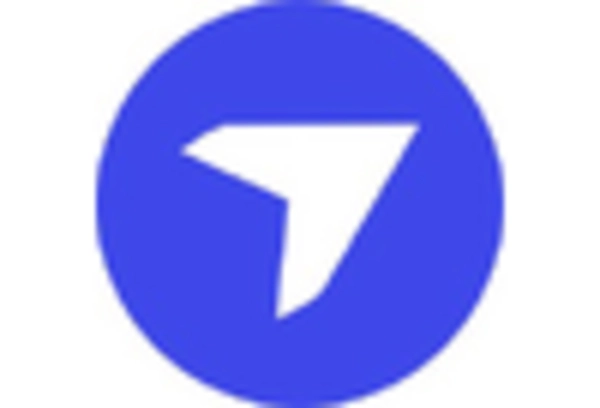
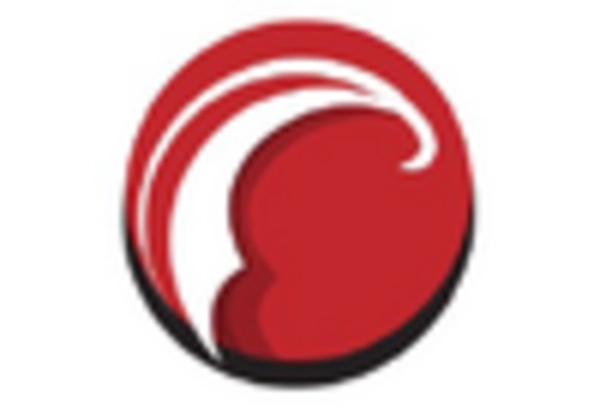
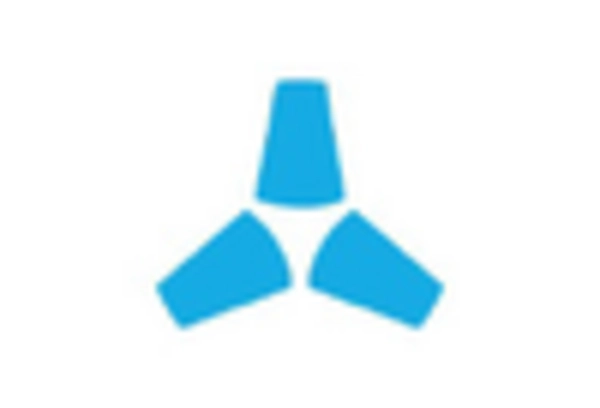
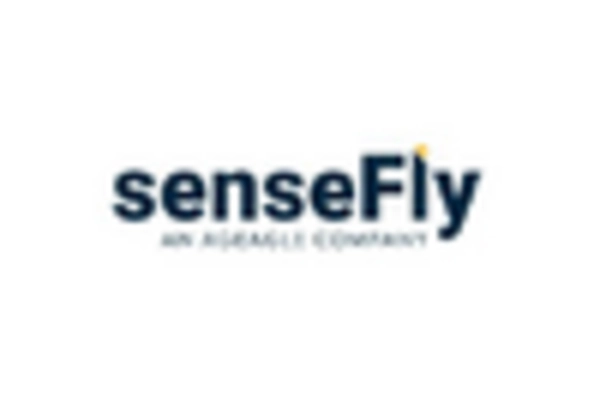








Leave a Comment